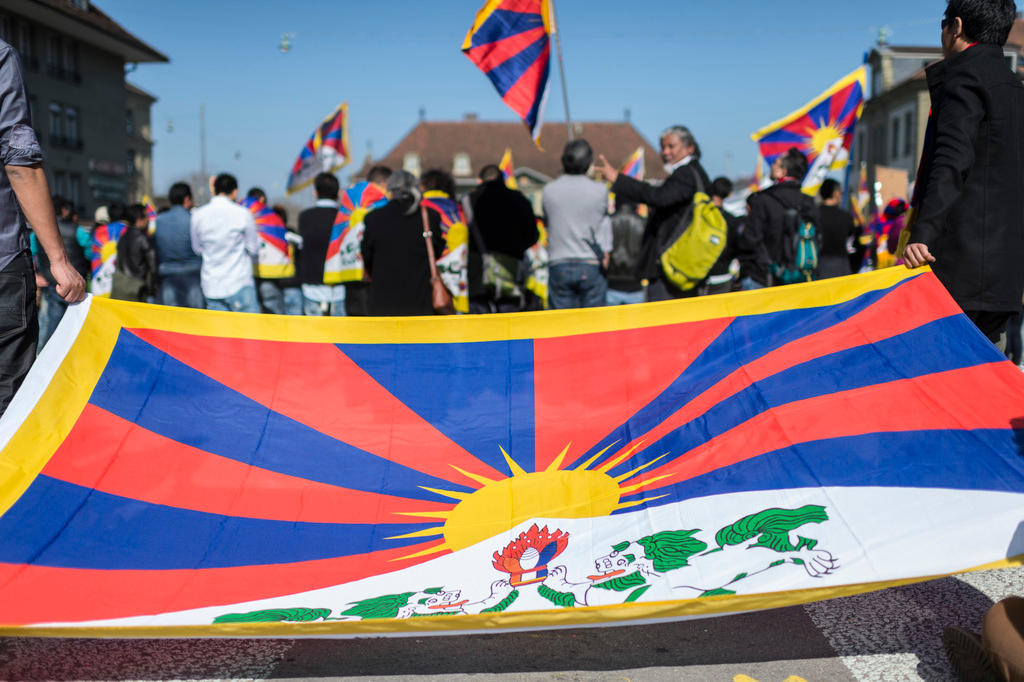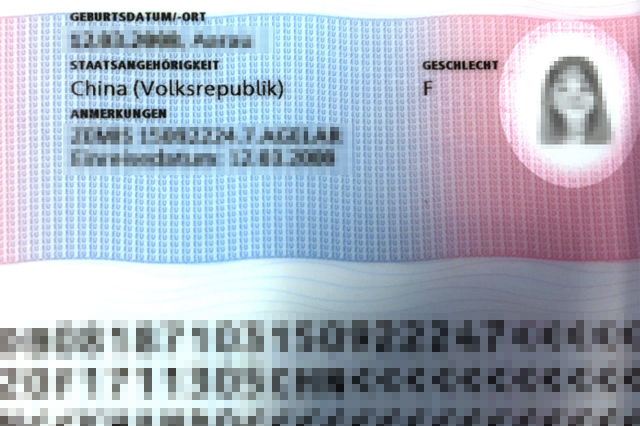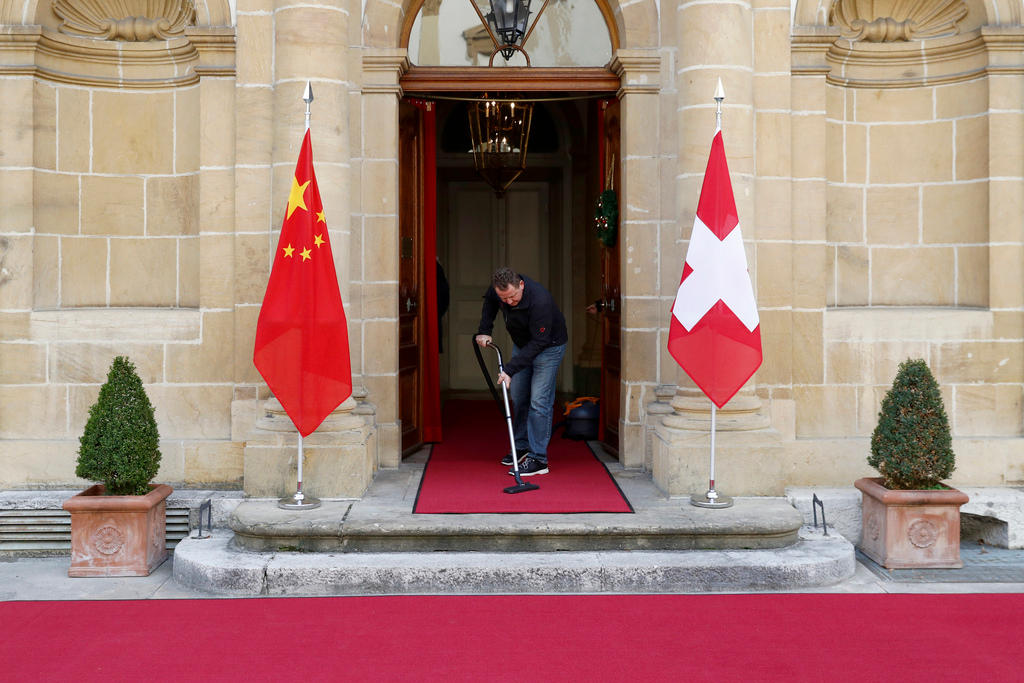Tibetan refugees unhappy with Chinese nationality

Around 400 Tibetans gathered in the Swiss capital Bern to commemorate the 1959 uprising against Chinese forces in Lhasa. They also expressed anger at being categorised as Chinese nationals by the authorities.
As of June 2015, all refugees from Tibet are automatically assigned a Chinese nationality on their residence in permits in order to conform with Switzerland’s official position on Tibet being a part of China. Prior to this, resident permits bore Tibet or Tibet (China).
“Since Switzerland does not recognise Tibet as an independent State but considers it as a part of the territory of the People’s Republic of China, these denominations were false and had to be corrected,” a spokesperson for the migration office (SEM), told swissinfo.ch.
These older permits (the migration office estimates there are around 350 of them) are “corrected” when they come up for renewal causing emotional turmoil among Switzerland’s Tibetan community, Europe’s largest.

“We are not Chinese. We are Tibetans. Many of us were born in Switzerland or India and have no connection to China,” says Tenzin Nyingbu, president of the Tibetan Community in Switzerland and Liechtenstein (TCSL).
According to him, all Tibetans without a Swiss passport – around 3,000 of them – have been assigned Chinese nationality. However, there could be a tiny minority whose permits have not yet come up from renewal since the policy change – mainly C permit holders – that might still have Tibet or Tibet (China ) listed as their nationality.
Tenzin’s association and other Tibetan groups in Switzerland had appealed against the measure when it was introduced but to no avail.
“Some say the Swiss authorities were pressurised by China but they have denied this accusation during my discussions with them and say it is purely an internal policy decision,” says Nyingbu.

More
Fighting for their identity in Switzerland
Chinese reaction
An opinion pieceExternal link published in February in Global Times – an English language paper with a communist viewpoint – called the Swiss move a blow to Tibetan separatists and the Tibetan government in exile. The author interprets the change in policy as a calculated move by Switzerland.
“Berne refusing labeling the ‘Tibetan-in-exile’ as from ‘Tibet’ or as refugees is a result of the positive Sino-Swiss diplomatic cooperation. Berne must have realized it has more to gain from a strong bilateral relationship with Beijing rather than supporting the Tibetan separatists,” said the piece.
The story was carried widely in the Chinese media and portrayed as a sign of change in tactics by the West to appease a rising China.
“As the international order changes, it seems inevitable for Berne to review and adjust its policies,” said the article.
Asylum requests
The proportion of “Chinese” asylum seekers given protection in Switzerland has dropped significantly – only 54.8% qualified in 2016 compared to 71.8% in 2015 and 85.8% in 2014. However, the migration office reiterates that the administrative measure according Chinese nationality to Tibetans has no bearing on their eligibility to seek asylum in Switzerland.
“People of Tibetan ethnicity have to credibly demonstrate that they are at risk when returning to China and that they are not in possession of a residence permit in a third country, in order for them to be granted the refugee status. If they fail to do so, the competent Swiss authorities may order their removal from Switzerland,” says an SEM spokesperson.
The drop in asylum acceptance rate was attributed to an increase in the number of “Dublin cases” where the asylum seekers are obliged under the Dublin agreement to submit their application to the first European country they arrive in.
The Tibetan case is quite different from the criteria of statelessness in which someone who is unable to acquire nationality of any country has the right to be granted a residence permit in Switzerland. However, Switzerland has tougher requirements for statelessness compared to refugees, which means few apply and qualify for it.
As of January 2017, 48 people under this category were being processed by the asylum system of which 28 were admitted on a temporary basis (less than seven years). Those admitted are most likely to be Syrian Kurds, known locally as Ajanib.

In compliance with the JTI standards
More: SWI swissinfo.ch certified by the Journalism Trust Initiative















You can find an overview of ongoing debates with our journalists here . Please join us!
If you want to start a conversation about a topic raised in this article or want to report factual errors, email us at english@swissinfo.ch.